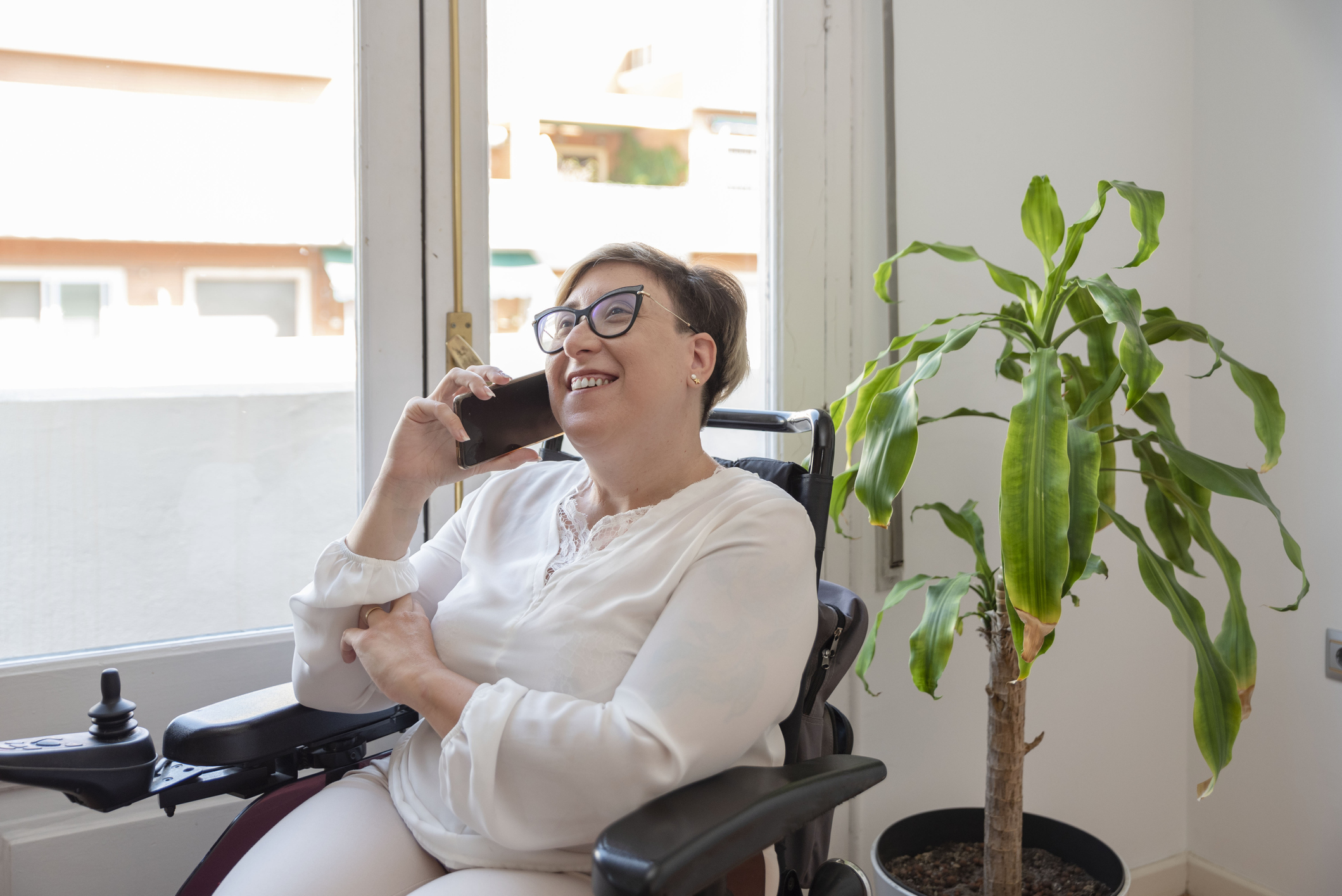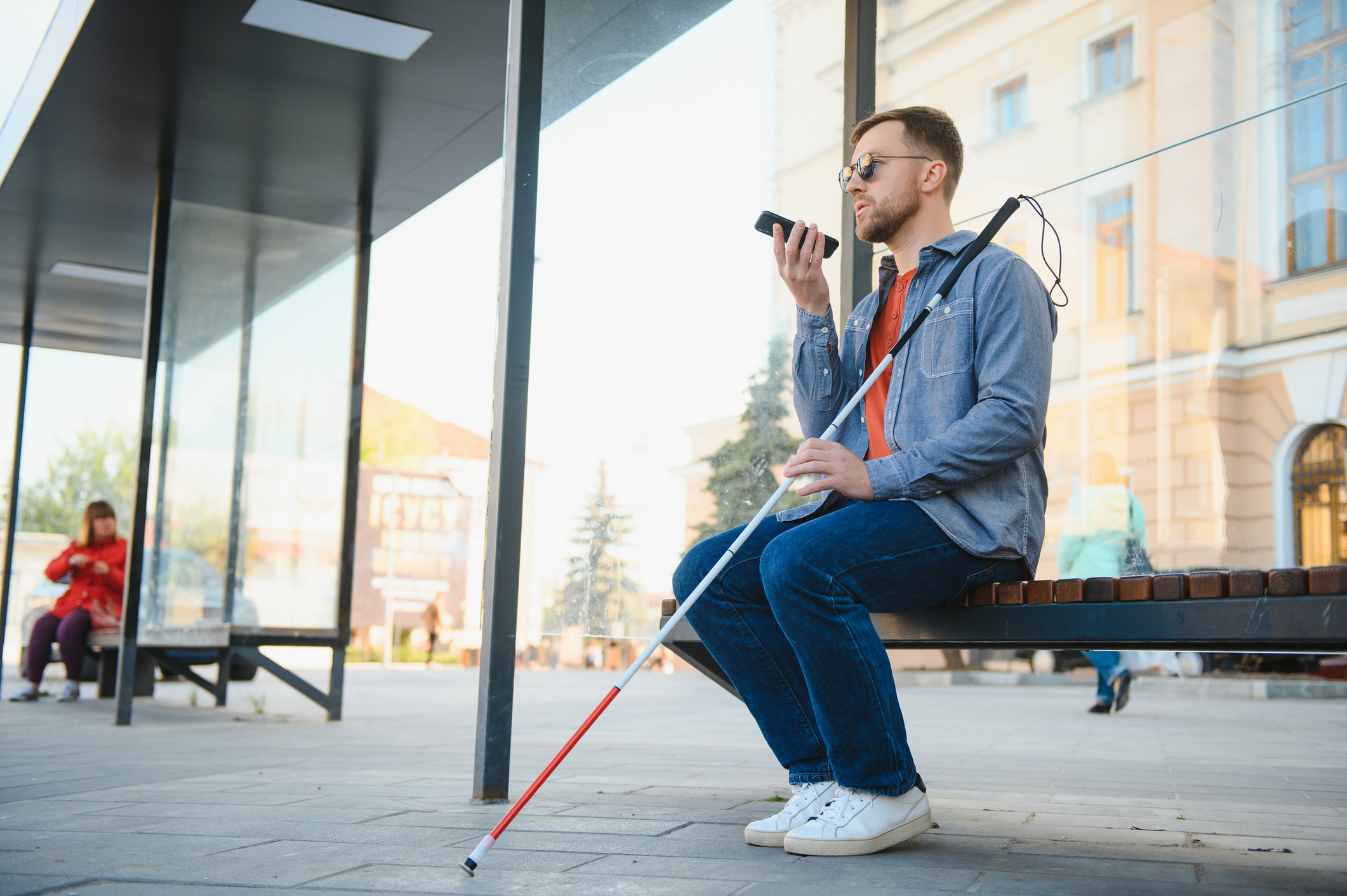State of Colorado Accessibility Newsletter - July 2025

Accessibility News
Celebrating the Legacy of the ADA in Colorado
By Cat Hogan, DPA Statewide Equity Manager - Accessibility
July 26 marks the 35th anniversary of the Americans with Disabilities Act (ADA), a transformative law ensuring civil rights for individuals with disabilities. Since its enactment in 1990, the ADA has profoundly impacted lives across the nation, including here in Colorado, fostering inclusivity, accessibility, and equal opportunities.
In Colorado, the ADA has been instrumental in shaping both public and private spaces. The state has seen significant improvements in infrastructure, with enhanced accessibility in public buildings, transportation systems and recreational areas. Denver's Regional Transportation District (RTD) has integrated ADA-compliant buses and light rail services, ensuring mobility for all.
The ADA's influence extends to Colorado legislation, inspiring state laws that go beyond federal requirements. The Colorado Anti-Discrimination Act (CADA) prohibits discrimination based on disability in employment, housing and public accommodations, reflecting Colorado's commitment to equity. Additionally, programs like the Safe Routes to School initiative emphasize accessible pathways for students with disabilities.
Coloradans with disabilities have greater access to educational and employment opportunities, thanks to ADA mandates. Universities across the state offer comprehensive disability services, while businesses embrace inclusive hiring practices, recognizing the value of diverse workforces.
As we celebrate this milestone, Colorado continues to champion the ADA's spirit, striving for a future where accessibility and inclusion are not just legal requirements but fundamental values.
Need More Help with the Rules? We Got You!
The Technology Accessibility Program (TAP) team is always thinking of new ways to help public entities keep in compliance with the updated Rules. Check out the new tools on our public website to help support your compliance journey. These resources and more can be found at the bottom of the Plain Language Guide to the State Technology Accessibility Rules:
- Product Accessibility Status Template (PAST): This new template is an optional tool to help document the accessibility of digital products such as applications and websites. It includes opportunities to document all conformance options for a product that doesn’t meet the Technical Standards or if an exception applies. If you used the Undue Burden Documentation Template in the past, you are welcome to continue to do so, though PAST has that information covered as well.
- Rules Establishing Technology Accessibility Standards FAQs: This FAQ addresses common questions regarding the Rules and can be found on the Digital Accessibility Law for Colorado State and Local Government webpage as well as the Plain Language Guide to the Technology Accessibility Rules.
- How to Apply WCAG to Non-Web Technology: Linked under Technical Standards in the Definitions in Section 11.4 of the Plain Language Guide.
- How to Create an Accessibility Grievance Process: This guidance is linked in the Plain Language Guide Section 11.6 since it's about the accessibility statement.
- How to Navigate Exceptions in the Rules Establishing Technology Accessibility Standards: This document is linked in the Plain Language Guide Section 11.7 about Exceptions.

Accessibility Essentials
Aira Explorer Also Helps People with Cognitive Barriers
A Colorado for All means equal access to essential state services. In 2023, the State of Colorado partnered with Aira to assist those who are blind or have low vision remove barriers when navigating state-operated buildings and digital services. But did you know Aira can also help break through cognitive barriers?
Aira Explorer is a mobile application that connects people to professionally trained visual interpreters who provide real-time descriptions of the user’s surroundings. While originally designed for tasks like navigating airports or reading printed materials, Aira can also be used by people facing other types of situational or cognitive barriers, including seniors who need help filling out forms, people needing help simplifying complex information, individuals with memory loss requiring task support, or anyone who benefits from a second set of eyes in real-time decision-making.
Think of it this way: Aira Explorer isn’t just for people with vision loss—it’s a versatile tool that helps anyone facing barriers to visual information, especially during moments when clarity, independence or confidence are most important.
Aira also offers a secure and efficient solution for remote technical support enabling trained agents to navigate and troubleshoot your computer system remotely with your explicit permission and supervision using Teamviewer, RIM, Quick Access or Tandem.
A Dive Into Accessible Documents
Did you know that PDFs and documents are not accessible by default? An accessible document is:
- Legible: A document that can be physically read by sighted readers, low vision readers and readers with cognitive disabilities.
- Skimable: A reader can understand the information after a quick scan of the document.
- Searchable: Words within the document can be searched for by a digital device used by the reader.
- Navigable: The document is designed and structured in a way that allows all users, including those using assistive technologies like screen readers or keyboard navigation, to move through the content.
Proactively creating accessible documents can save time over going back and making them accessible later. Here are some tips:
- Include alt text behind images, drawings and graphics.
- Include navigation landmarks like headers, footers and page numbers.
- Use numbered and bulleted lists.
- Check for high color contrast to make text and images easier to read.
- Use plain language to make sure your communication is easily understood.
- Use informative link text such as a title, rather than “click here.”
- Use a 12-point or larger font and left-aligned text when possible.
- Use tables for data but not for formatting the visual layout. Be sure to include a header row.
Learn more about creating accessible PDFs, documents, spreadsheets and presentations from our Accessible Documents Toolkit page.
Accessibility and You
What’s Your Accessibility “Why”?
By Beckie Bean, TAP Accessibility Consultant
In his book, Start With Why, Simon Sinek asks us to begin with “Why.” “WHY is the thing that inspires us and inspires those around us,” said Sinek. My accessibility “Why” isn’t borne of some inspirational tale, it comes from a life of near misses.
I nearly went deaf—twice. I had two severe, prolonged ear infections that profoundly impacted my hearing for most of my early childhood. But thanks to the help from my family, the excellent care from my doctors, and an experimental procedure (at that time), I can hear at about 80% now.
I nearly missed debilitating injuries to my spine—also twice. A car accident and a simple gardening mishap both led to months of physical therapy and countless doctor visits to heal my back and be able to walk without intense pain from sciatica.
These near misses taught me that having to navigate the world with a disability is only a moment away for everyone. They instilled in me a sense of gratitude for continuing to be able to hear and walk, but they also gave me deep empathy for people with disabilities.
These experiences taught me that people with disabilities are just like everyone. They’re just trying to go about their daily lives easily and efficiently.
Now that you’ve heard my accessibility “Why” — what’s yours, and how will you turn it into measurable action?
Notable & Quotable
“Accessibility gives everyone equal access regardless of the circumstances. Accessibility gives people choices.”
- Meryl Evans, CPACC (deaf), Professional Speaker and Disability Inclusion Advocate
